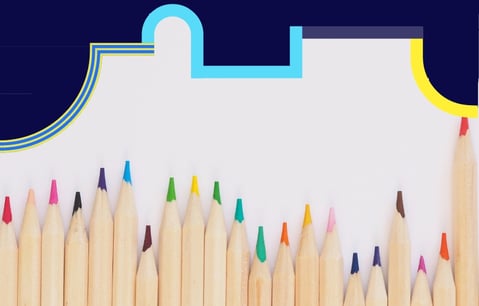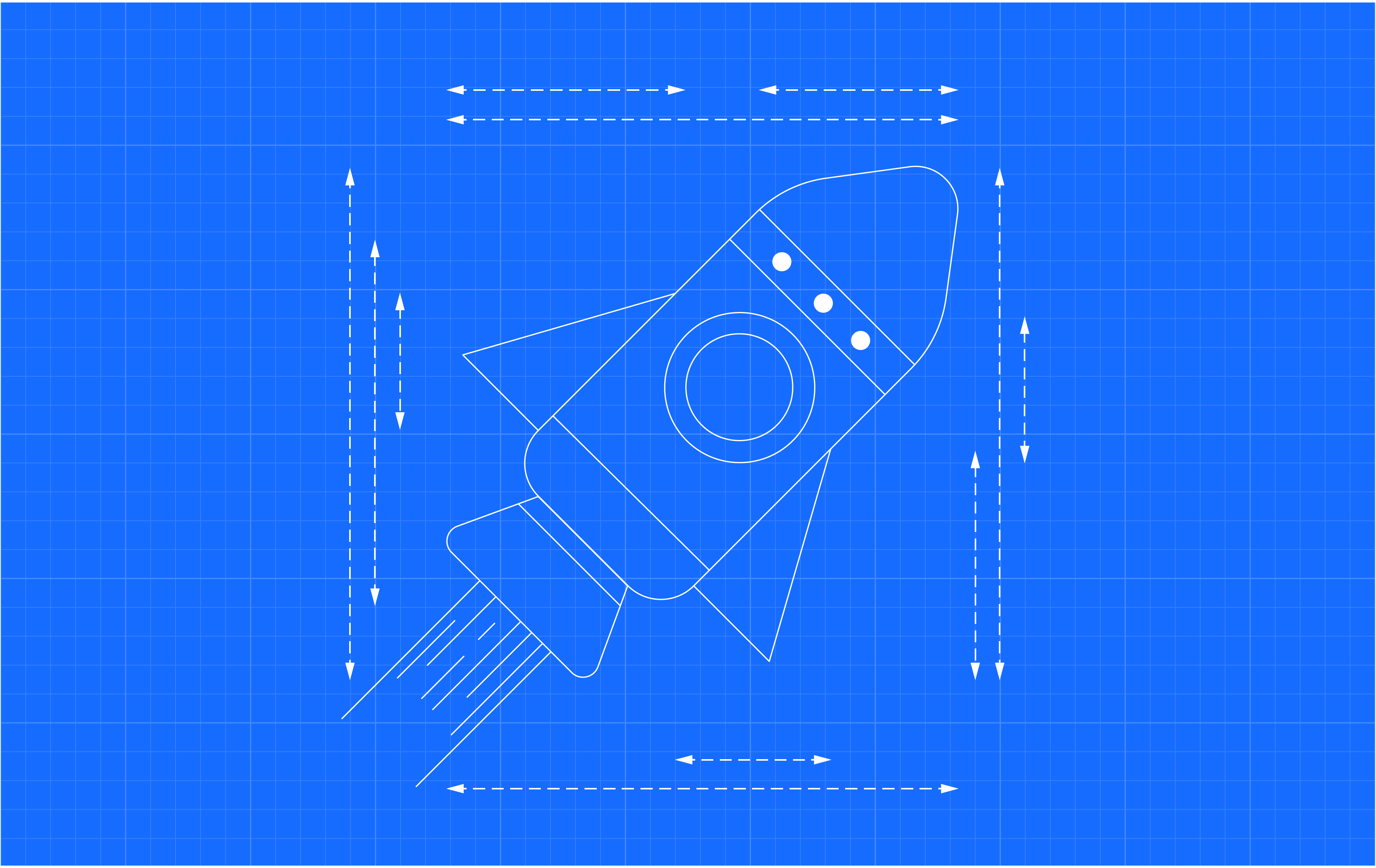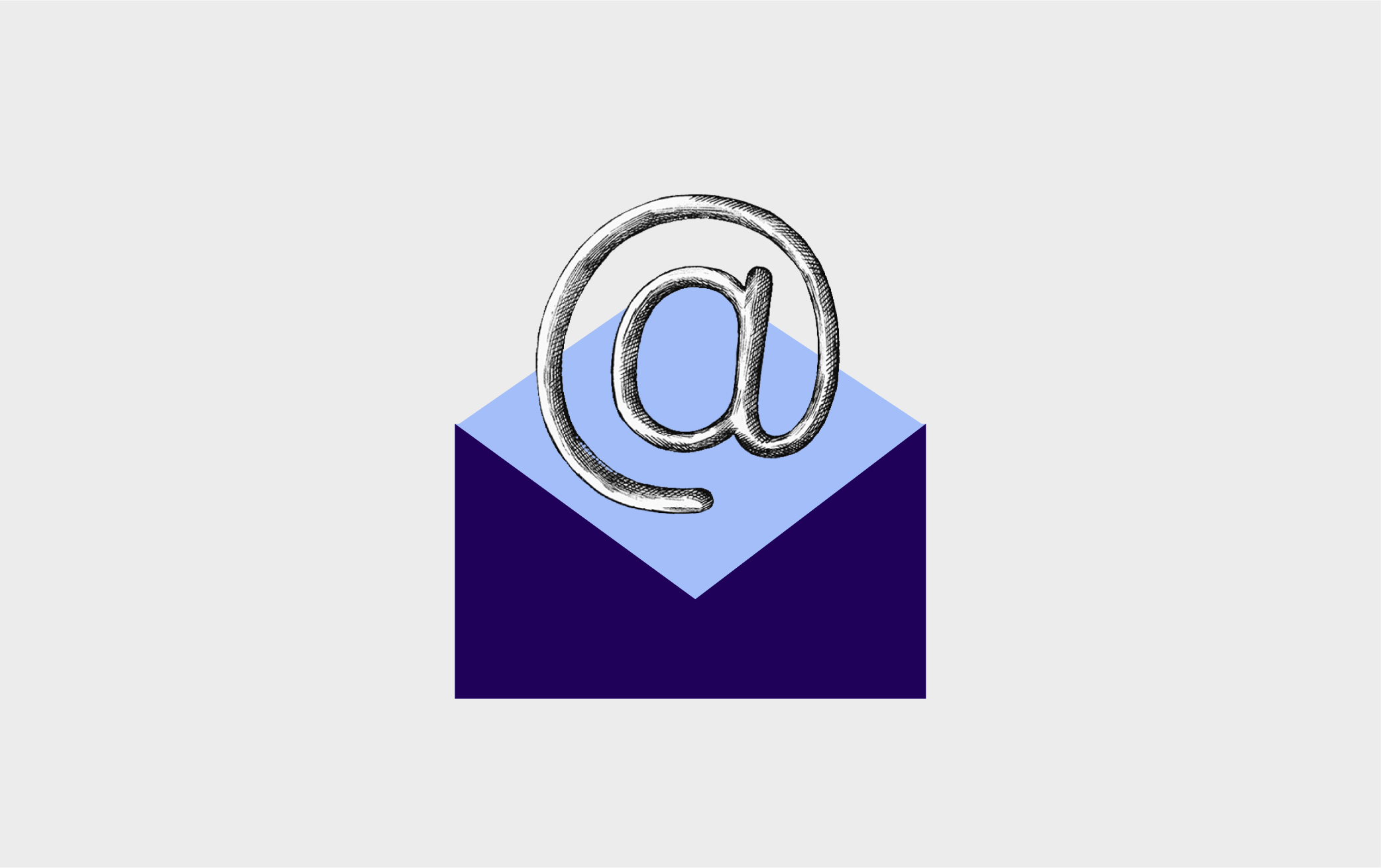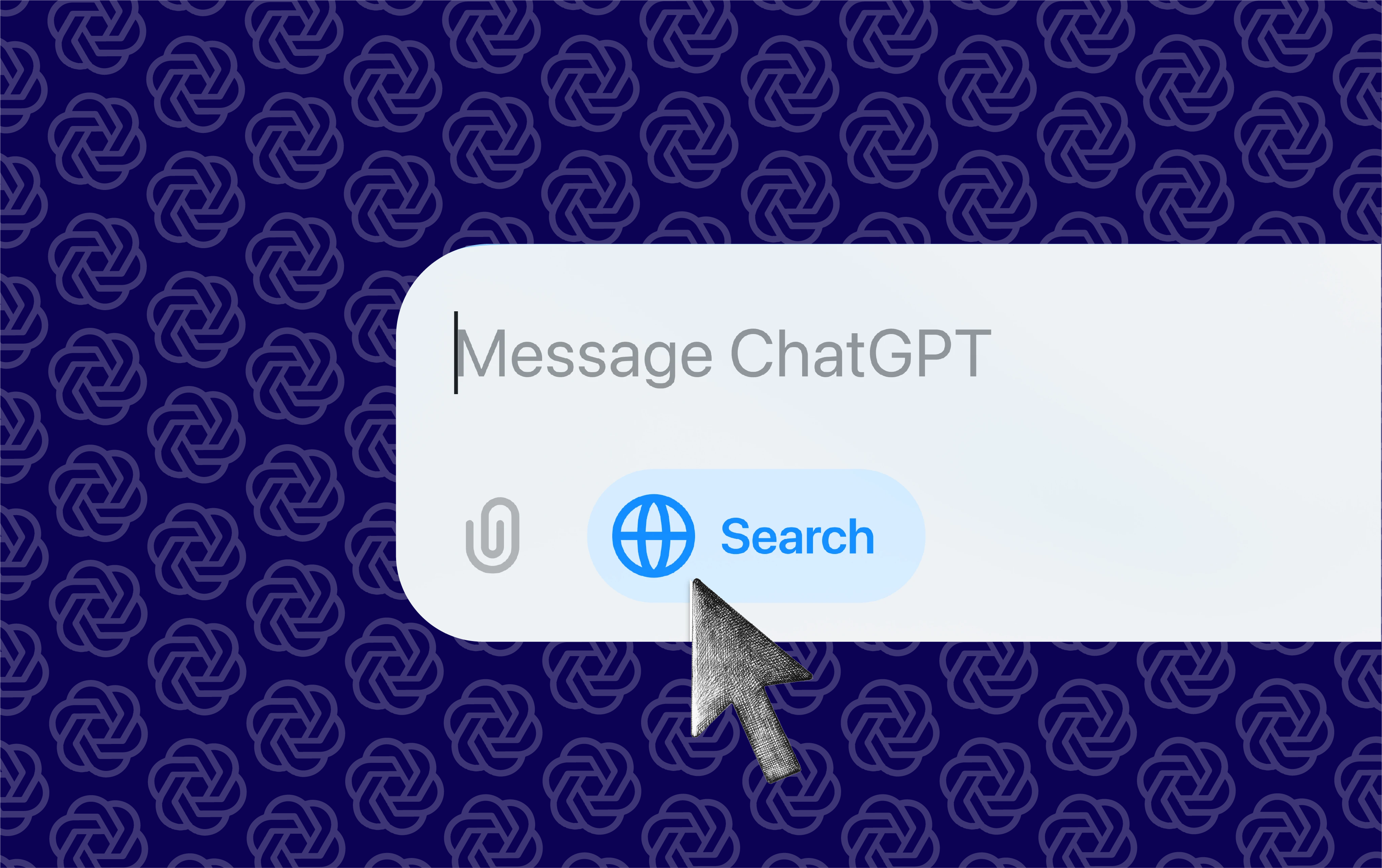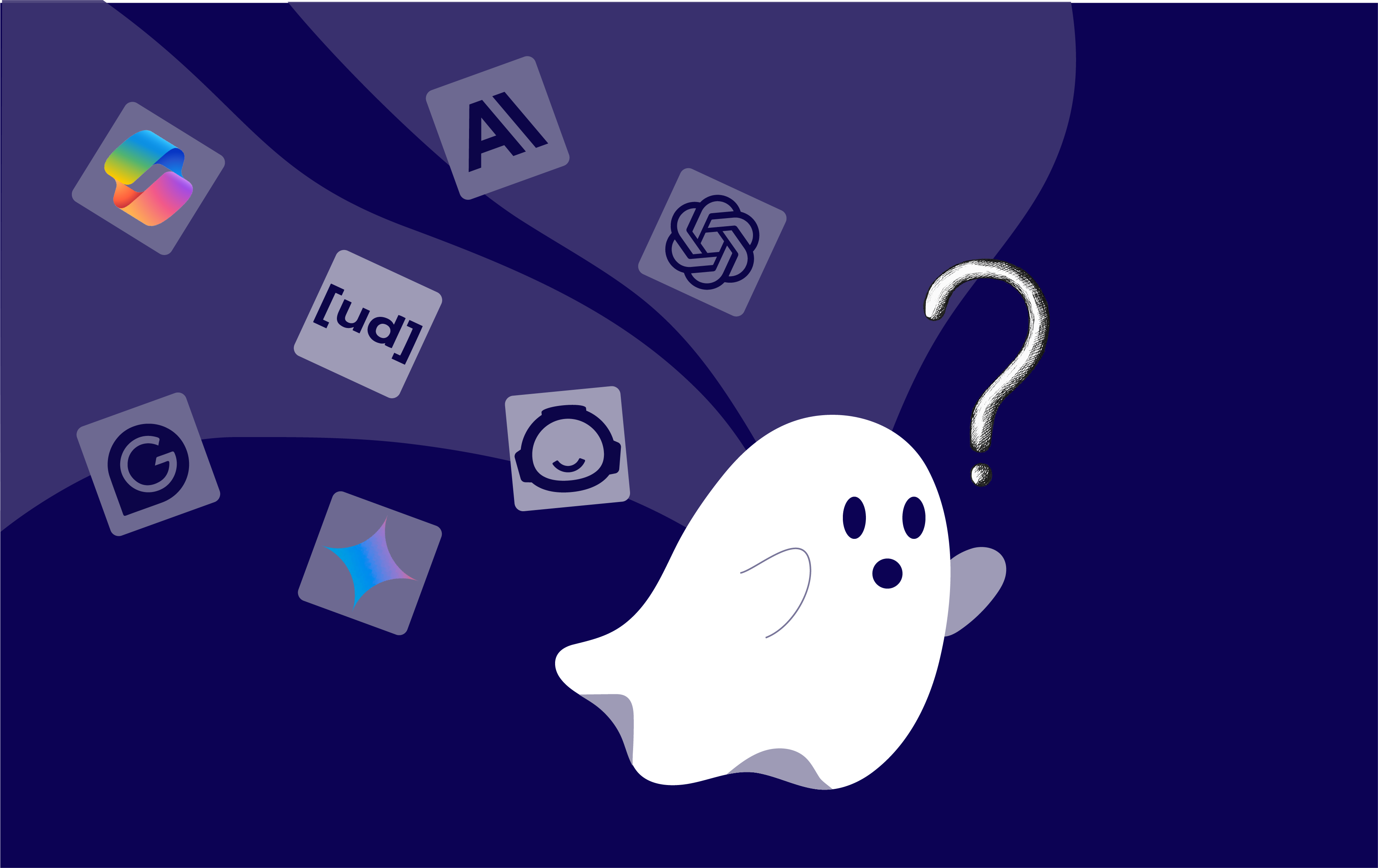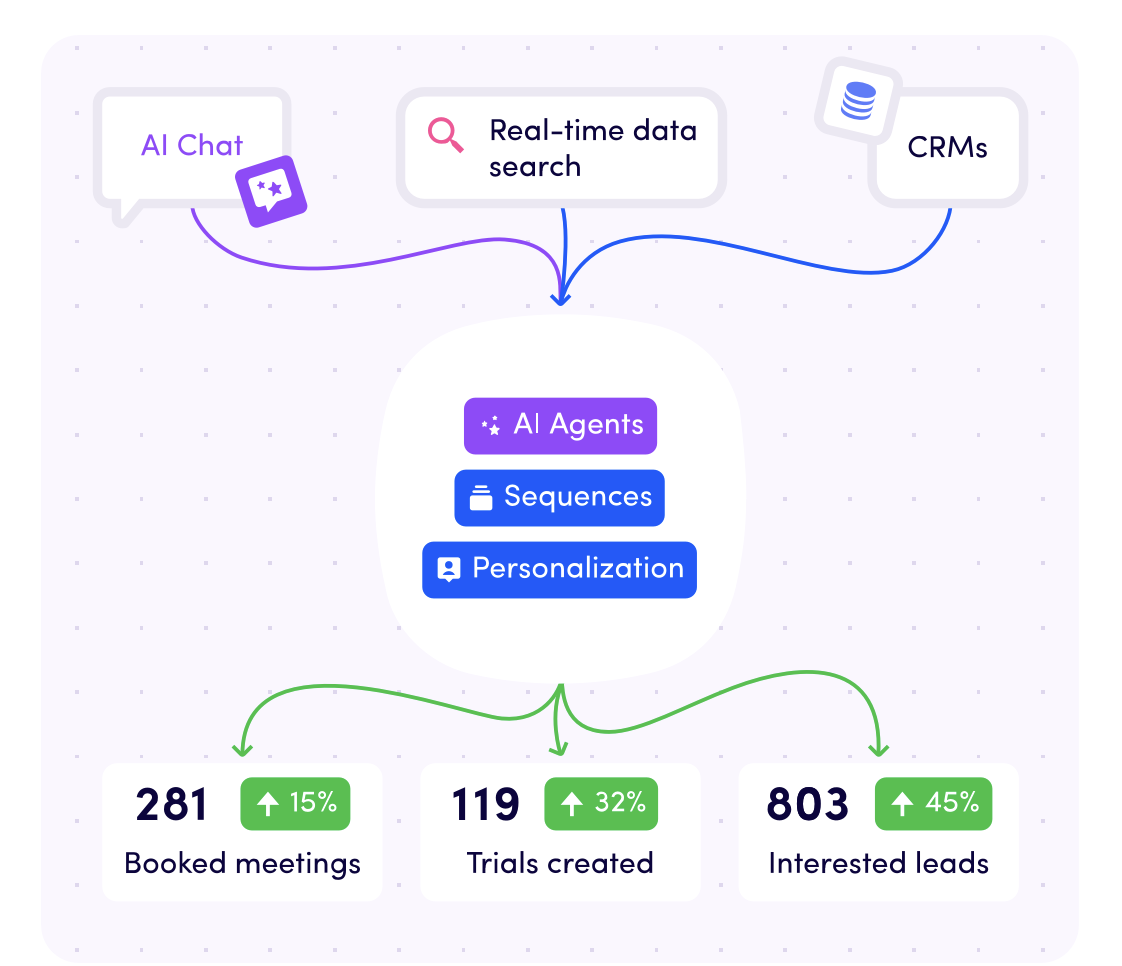Design is everywhere. It’s like oxygen for our eyes. Every glance in a direction reveals a design of sorts, whether a landmark, a store or even the clothes we wear are all examples of design in a broader sense. But what is design in relation to marketing? Well, we’ll answer that very question and more in this article.
We’ll talk about marketing design:
1. What it is
2. Why it’s important
3. The different design tools you can use
4. And some of the very best examples of great marketing design to inspire you.
Let’s get started.
What is Marketing Design?
Design in marketing refers to creating visual assets that are used in promoting a brand’s product or service in a way that is evocative and represents the brand’s visual identity. This includes graphics, images, logos, specific colour palettes and themes, and other visual elements that embody a brand.
If you consider a brand like Coca-Cola, you immediately think of the red and white colour palettes, the typography and their globally recognised logo, you probably get a familiar feeling when you think about the brand too (that’s the true power of excellent marketing design). When you see an advertisement for Coca-Cola, the visual elements are consistent across all of its marketing. This is marketing design in a nutshell.
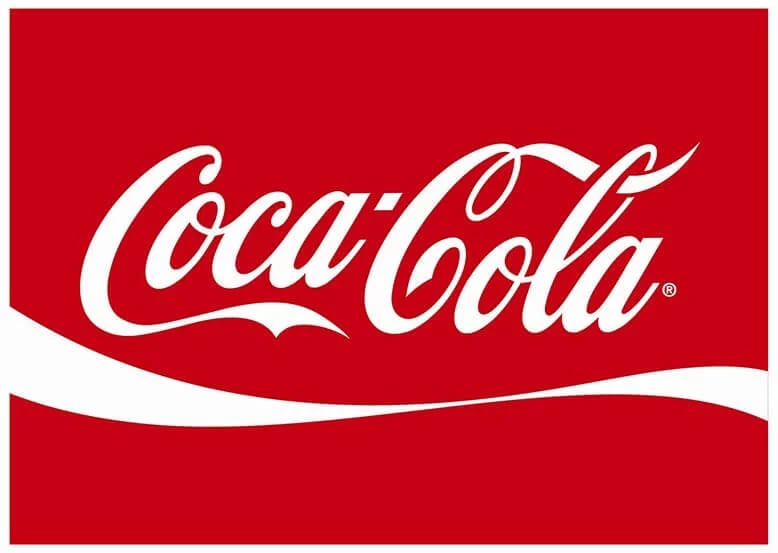
Why is Marketing Design Important?
Every company dreams about the lofty heights of becoming a household name and the associated benefits. But on your ascension to notoriety, there are numerous reasons why marketing design is a good thing for your business. Here are a few:
1. Increase brand awareness
You want to create designs that are memorable and recognisable to customers. This increases brand awareness, which feeds directly into conversions - the more your brand sticks in a customer’s mind, the more likely they are to purchase from you when the time comes.
2. More shareable content
Visually appealing images get shared more online, especially on social media. Striking and evocative graphics grab customer attention and make them want to share it with their audiences, creating organic and viral growth.
3. More engagement and higher website conversions
Using design principles for website page design and landing pages, for example, will optimise conversions. Visually attractive sites that serve the user well increase engagement and generate higher conversion rates. The same can be applied to social media content, video content and other marketing channels.
4. Good for SEO
Great design can help SEO efforts, too. As visually appealing content generates more clicks, shares, backlinks and online mentions.
These are just a few of the top benefits of how strong marketing design can improve your business.
5 Types of Marketing Design with Examples
1. Social Media Design
Make no mistake: social media is a powerhouse for building brand buzz with eye-catching designs. From TikTok’s viral video sensations to Pinterest’s mood board style feeds, there’s a platform for everyone and at the centre of all of these is good marketing design.
One such example is Porsche’s Facebook post celebrating 70 years.
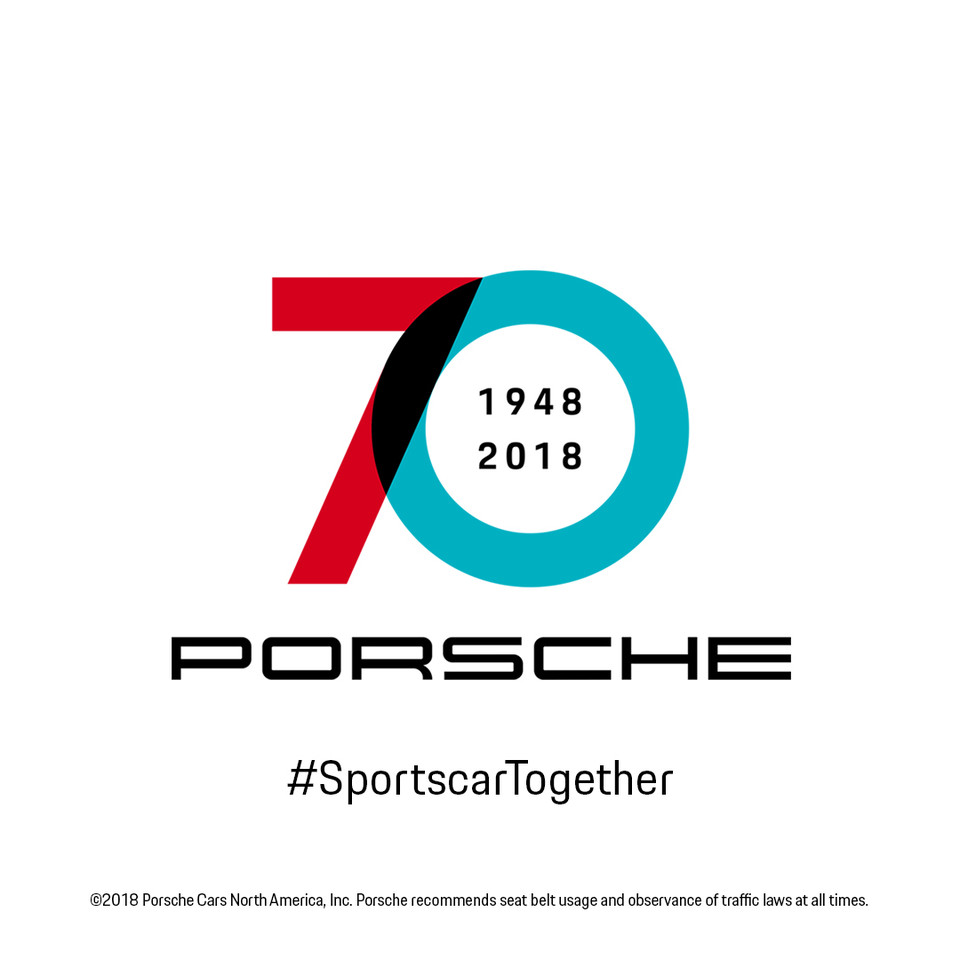
This carousel post features multiple slides that the user can flick through. But the real genius is how each slide serves a different purpose. Their central theme, “#SportscarTogether,” runs throughout to encourage sharing, but on the first slide, you can connect directly to a customer service agent, which is pretty neat. As you scroll through, the pristine and luxurious design continues, using videos and images to build excitement. The CTA changes each time, prompting users to “share a drive”, “share a thrill”, and so on.
2. Email Design
With over 4 billion users and the highest ROI of any marketing channel, email remains a force to be reckoned with. By 2025, global revenue generated from email is expected to reach $11 billion! There are a lot of reasons to use this tried-and-tested channel. But sending emails isn’t enough on its own - you need to capture the recipient’s attention quickly. That’s why good marketing design is important here.
An example of a good email marketing design comes from J.Crew.

This email from J.Crew is promoting a sale, but rather than using blatant copy that shouts 50% off till Monday, they opted for a sumptuous design to get customers salivating. Simple and effective, this marketing design forces a scroll right to the bottom of the email (and it’s a long scroll!) to be met with a clear CTA - Go.
3. Website Design
A great website offers a peek into the belly of the brand and that’s exactly what our pick for excellent website design does. Digital Cover are a French digital agency that clearly takes what they do very seriously.
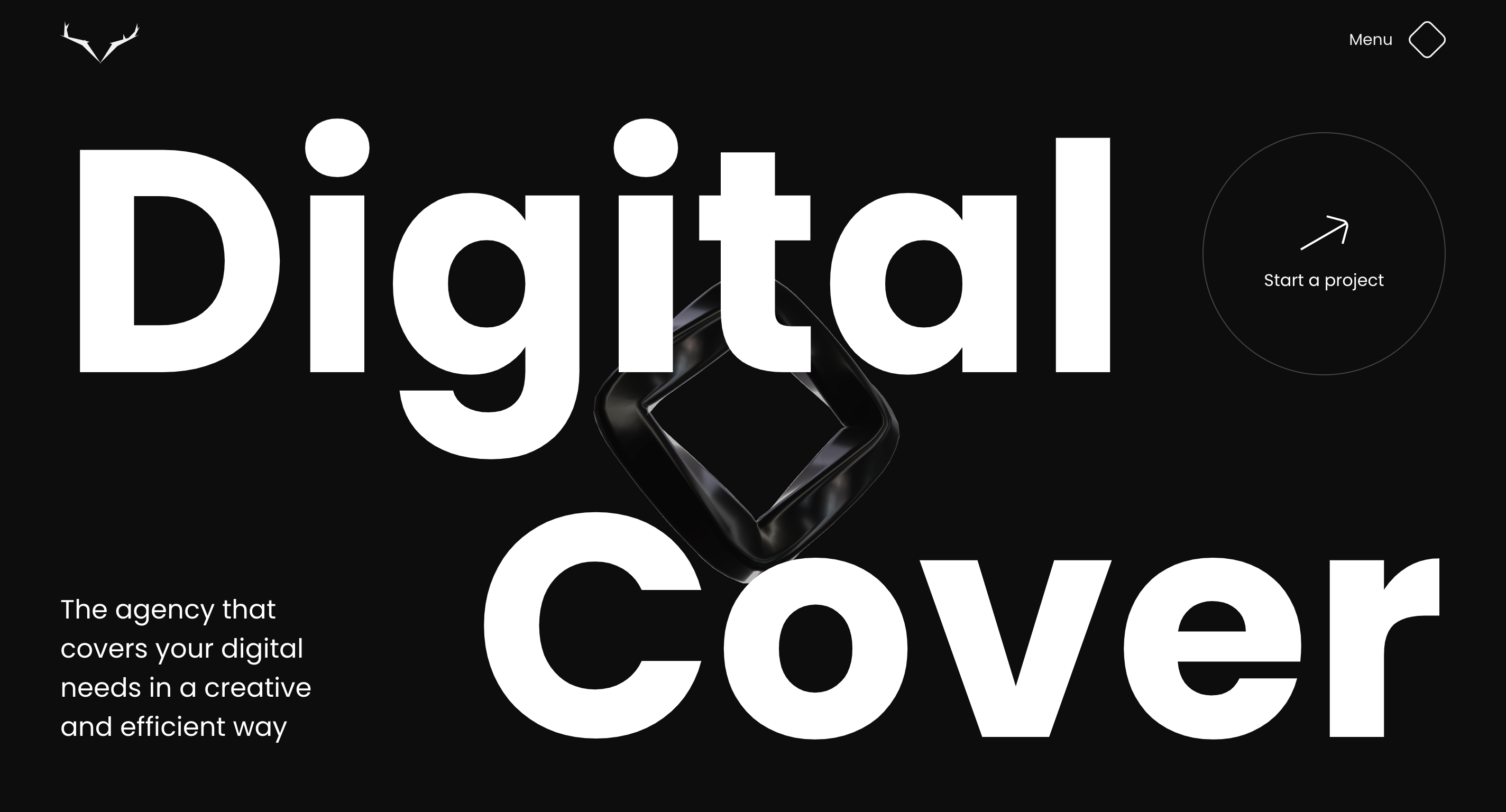
On arrival, the bold font dominates the screen with an eye-popping black-and-white contrast. As you scroll down, animations play out, pulling you further into the brand and what it can offer. Sleek, sexy, seamless - this website oozes quality design that’s user-friendly and begs exploration.
4. Digital Ad Design
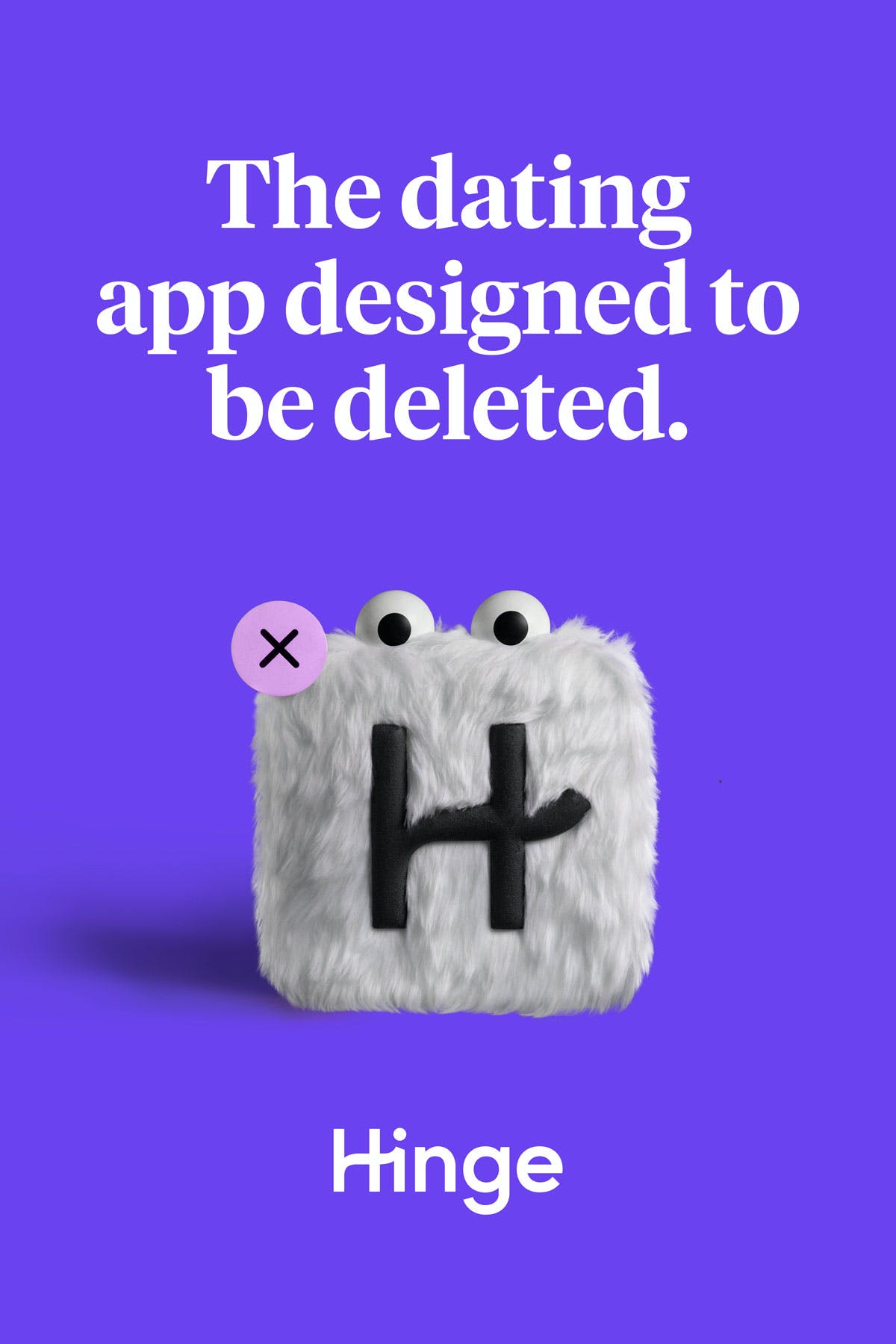
A good ad grabs your attention and sticks in your mind long after you’ve looked away. It’s no easy thing to do but there are some companies leading the way. For our ad design pick, we’ve selected Hinge, the popular dating app that makes a bold declaration: The Dating App Designed to be Deleted. Hinge’s ad campaign is executed pretty much perfectly, capturing its target audience in a subtle and comedic fashion, and the tagline confidently sets them apart from competitors.
Hinge | The dating app designed to be deleted®
Shot as a 30-second video, you’ll notice little moments of design gold. From the actor’s age and disposition to the first-date restaurant setting to the other versions of the actor showing up in their profile picture attires, complete with digital portrait borders. Clever, funny and highly memorable.
5. Print Design
Whether it’s a striking billboard placed amidst a bustling city, a busy bus stop, a sweatshirt sporting a look that makes you do a double-take or a magazine design that jumps off the page, print design very much has its place in the marketing world and often triggers viral sharing on social media platforms like Twitter. We could have picked out dozens of examples for this one but we’ve decided on Burger King’s plant-based whopper announcement.

What first appears to be the mouth-watering flame-grilled patty the company is famous for actually turns out to be beetroot, peppers and radicchio. The use of colour is what sells the whole image, you can almost taste it, only to notice the copy stating this is plant-based and the tagline, Sorry for the confusion, meat lovers. Great work.
5 Tips for Marketing Design
Using design principles helps your business to stand out and make a name for itself. A professional look doesn’t mean corporate or rigid, but there does need to be some order and consistency in your brand design for it to truly work. When applied properly, great marketing design boosts sales and raises brand awareness, with this in mind, we’ve compiled a few marketing design tips you’ll want to know.
Understand your audience
It sounds obvious, but it’s easy to get caught up in designing marketing materials that look great to you but don’t necessarily target your audience in the right manner. Identifying your target market tells you the characteristics and interests of your customers, which helps create design strategies to engage them. Knowing your audience will influence everything from the copy to the colours, to the fonts, to the channel. It’s the first vital step.
Choose the right channels
After knowing your audience, choosing the right channel will be your next decision. A great design might work well on social media but fail to gain traction on email. These are things you need to consider for designs, like how well they’ll translate to different mediums and adapt them accordingly. Learn the nuances of each channel and what customers expect to see on them.
Follow brand guidelines consistently
At the beginning of this article, we mentioned Coca-Cola’s iconic visual identity and how it’s used across a variety of mediums, from billboards to physical drink bottles. Establishing clear brand guidelines informs which design elements should be used. Logos, colour palettes, typography, tag lines and other brand identifiers are all key components. You’ll need to monitor trends as they develop and evolve and be ready to adapt at a moment's notice but always keep design consistency so people always know it’s your brand.
Be clear on the purpose of your designs
Every image tells a different story and it’s your job to decide what that story will be before the pen touches paper. Are you trying to promote a sale? Are you looking to raise awareness? Do you want to show brand ethics and align values? Figuring out the point or purpose of a marketing message shapes the design outcome.
Keep it simple
You’ll hear a lot of terms thrown about when dealing with marketing design, one of which is “white space”. This refers to the area surrounding an image or text that is blank. It doesn’t necessarily need to be white, feel free to use splashes of colour that are in keeping with your brand, having plenty of white space draws more attention to the design and the copy. Often, less is more in marketing design.
Top 5 Marketing Design Tools
Now that you have a vision of what you’ll create, you need the tools to make it! These design tools range from pro experience level to non-designer. No matter your ability, there’s a host of excellent design tools available to use.
Adobe Express
This free-to-use collage maker lets users assemble images, texts and videos for creative storytelling. Perfect for capturing attention on social media platforms.
Canva
Free to use (but does have a Pro tier that unlocks more) and with thousands of images, elements, texts, templates and more - this is a fantastic drag-and-drop tool for amateur designers looking to spruce up social media feeds, create infographics or make presentations.
Visme
This simple design tool lets you create infographics, PR materials, presentations, HTML5 designs and much more. It offers plenty of templates and graphic assets that require no technical know-how to create.
Squarespace
This drag-and-drop website builder allows virtually anybody to create a beautiful and fully functional website in a matter of hours. You don’t need to know how to build wireframes from scratch; just choose a template and go from there. A subscription is required for use.
Pixlr
While the suite of Adobe products are clear industry leaders and favoured among the elite, Pixlr offers a free alternative to photo editing that allows background removal and basic editing tools for everybody.
Wrapping Up
There we have it! Marketing design - what it is, the different types and examples of great marketing design, plus the tips and tools you’ll need to put it all in motion. Remember, great design should embody your brand guidelines using distinctive graphics that communicate a purpose-driven message.
